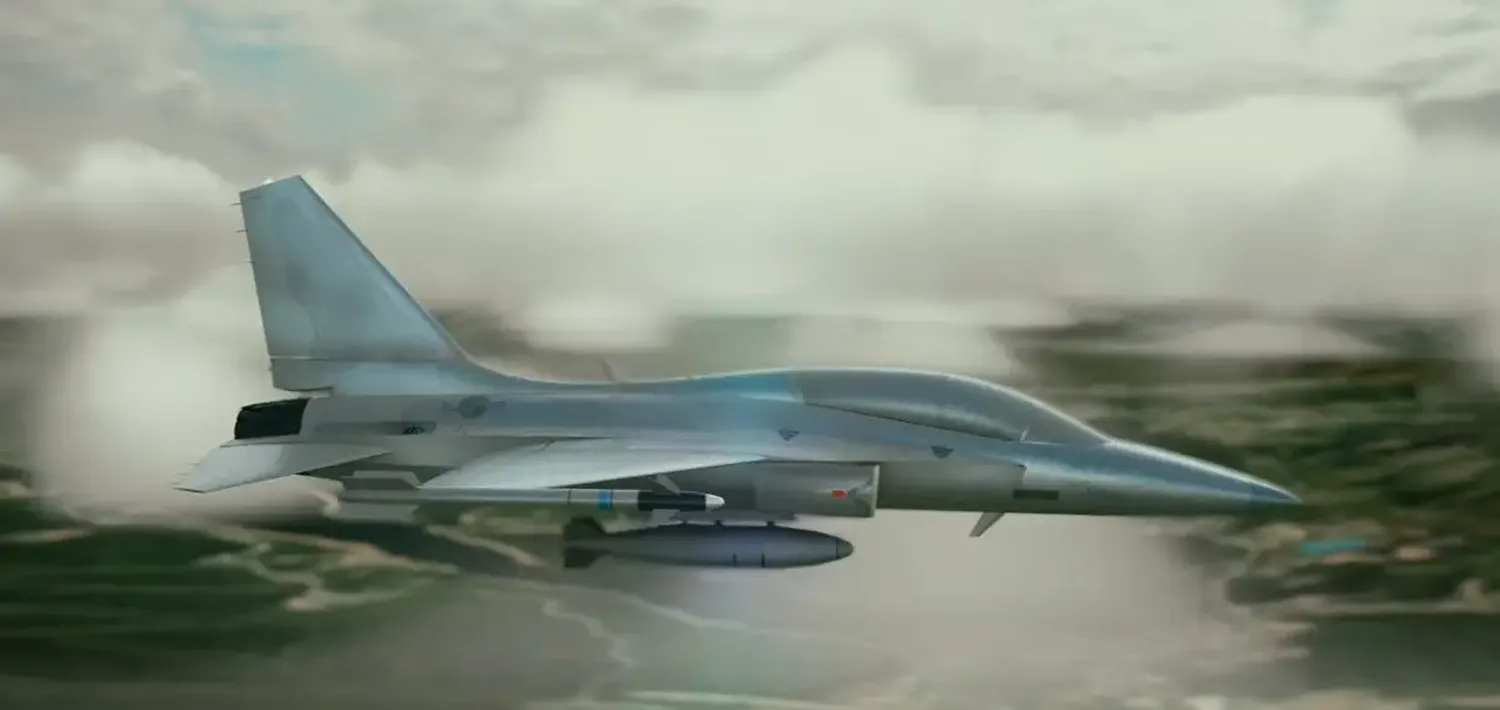Korea Aerospace Industries (KAI), kicked off an ambitious research and development project for manned and unmanned aerial combat systems, in collaboration with Korea Defense Research Institute. They would be tested on an unmanned FA-50 starting in 2025.

The two organizations had previously signed an agreement for collaboration on mission design and pilot workload reduction in manned/unmanned combat operations, such as voice/video combat situation recognition/control systems and voice control/communication technology.
Under the agreement, KAI will embark on the development of key technologies, including artificial intelligence (AI)-based mission modules and AI-based combat situation recognition and control systems. These advances will be applied to combined manned and unmanned teaming (MUM-T) command systems and the next generation of sixth-generation fighter aircraft. The project duration will cover a five-year period from December 2023 to November 2028.
Several South Korean companies specialized in different technical areas will be involved for the specific tasks of the project, and KAI will exercise project leadership.
Manned and unmanned aircraft teams as the future of aerial combat
KAI, aware of the rapid evolution of aerospace technology globally, is developing various futuristic platforms to prepare for and ensure its growth in the market. In line with this, it is in the process of developing an interfacing system between domestically manufactured Surion and LAH family helicopters and unmanned aerial vehicles. A high-performance autonomous combat system, based on an unmanned version of the FA-50, is also being researched to complement the KF-21 Boramae and other piloted combat aircraft.
A KAI representative stated, «This technology development agreement will further boost Korea’s combined manned and unmanned combat system development capabilities. We will continue to develop key technologies based on Industrial Revolution 4.0, such as AI pilots, mission autonomy and sensor fusion technology, and move toward technical validation of the FA-50-based combined manned and unmanned system after 2025.»
Korean Aerospace Industries (KAI) showcased some conceptual designs for manned-unmanned teaming (MUM-T) at #DubaiAirShow2023, including a larger UCAV and a smaller «adaptable» variant, controllable from a two-seat KF-21. Envisioned roles mentioned included ISR, decoy, EW, strike. pic.twitter.com/piuTdRtONd
— Olli Suorsa (@OlliSuorsa) November 14, 2023
Based on these technologies, KAI aims to lead the development of manned and unmanned aerial combat systems in the 2030s. This includes the development of unmanned aerial systems (UAS) and the data link, command and management systems that enable successful combat integration of manned and unmanned equipment.
Those who master this ability to combine manned aircraft with multiple autonomous platforms will enjoy a significant force multiplier and greatly enhanced situational awareness, thus gaining a decisive advantage over their rivals for battlefield dominance.


Comentarios
Para comentar, debés estar registrado
Por favor, iniciá sesión